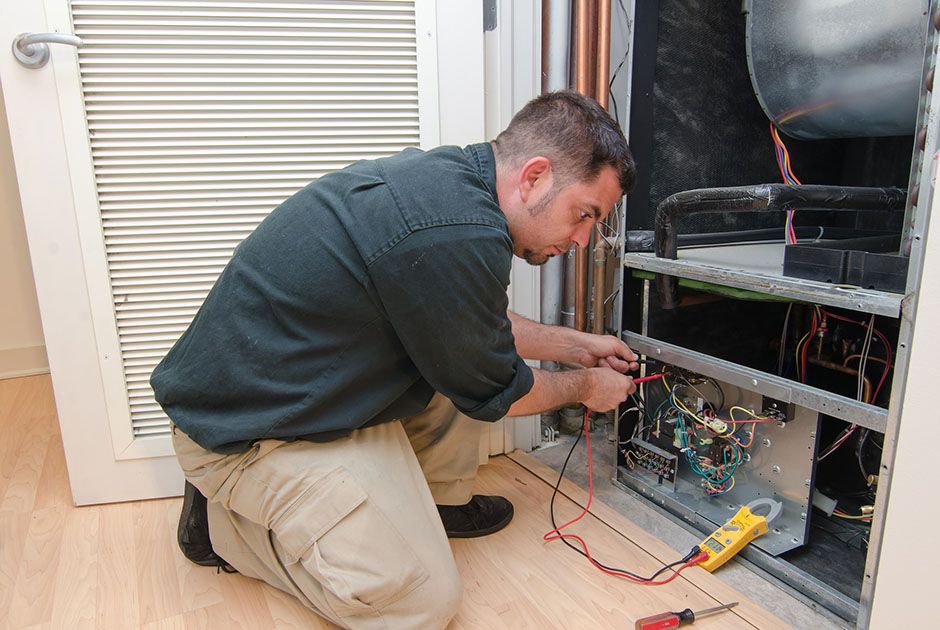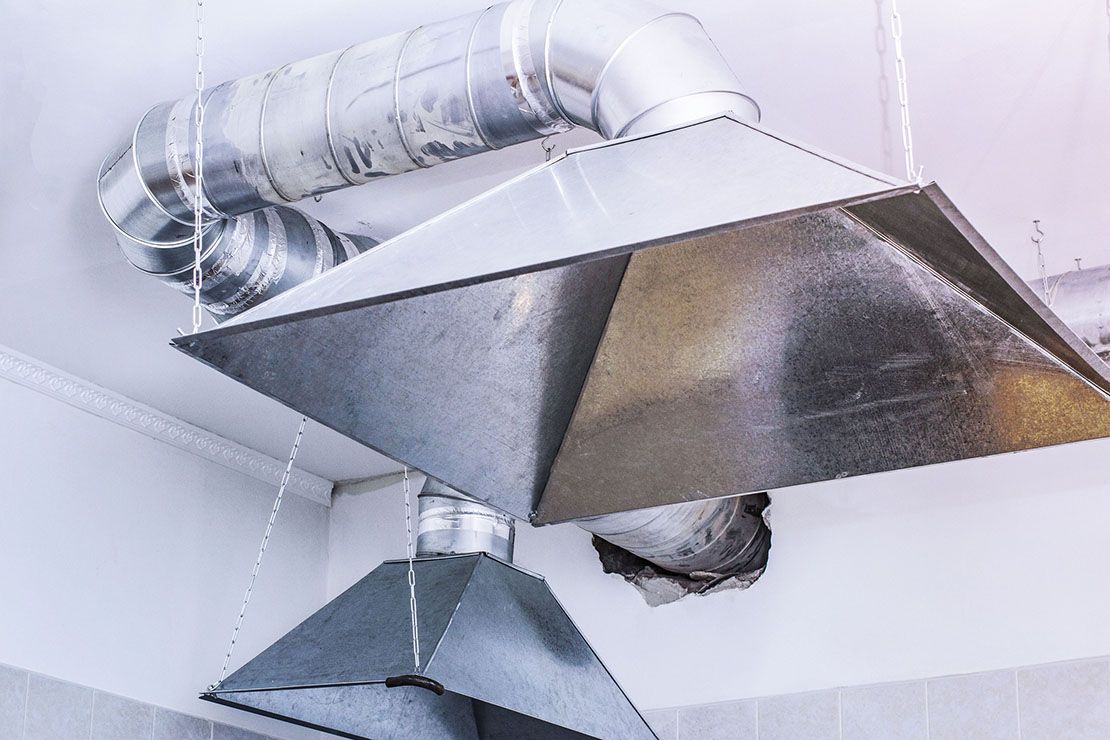Dustless air conditioning systems are a practical solution in many instances. They’re ideal for apartments, cooling and heating smaller areas of a home, or and a number of other applications. If you want to get the most from the unit, there’s a few basics that any owner can manage. Putting these tips to good use will reduce the potential of needing professional repairs while helping the unit to operate more efficiently.
Cleaning Matters – Including the Outside Part of the Unit
You already know that it’s a smart move to clean the portion of the unit that’s found indoors. Dust and grime can accumulate on the casing and possibly find a way inside. By cleaning the part that’s inside, you prevent that from happening.
What you may not realize is that the same care needs to be given to the part that’s outside. Along with dust, there’s the potential for leaves and other types of debris to settle on the unit. Clearing it away periodically and wiping down the exterior portion also helps to prevent dirt from getting into the unit and causing operational issues.
Make Sure There’s Nothing Too Close to the Unit
Providing a little room around both parts of the unit is also a good idea. Inside, make sure that you keep anything that would obstruct air flow at last four feet away. When possible, position the unit so that you’re not tempted to hang artwork of any type on the wall over the system. The goal is to make sure plenty of air circulates around the unit so there’s no additional pressure needed to force the warm or cool air into the room.
Outside, you also want to ensure shrubbery or other elements of the yard are not too close to the unit. The four-foot rule that applies inside also works well for the outside portion. At the very least, make sure all shrubs are trimmed back so that it’s easy to all the way around the unit without having to turn sideways.
Change or Clean the Filters on a Regular Basis
Some ductless systems come with reusable filters that can be cleaned. Others make use of the disposable kind. In any case, check the filters regularly. Start by using the manufacturer's recommendations for how often to check. If there are pets in the house or if anyone living there smokes, you’ll want to check the filters more often. Change or clean them accordingly. If the unit does come with reusable filters, make sure they’re dry before placing them back in the system.
The Coil and Condenser Deserve Attention Too
You do need to check the coil and condenser from time to time. The goal is to see if any dirt has accumulated on them. If so, wipe them off with a clean cloth. You can use a damp cloth if there’s something sticking to the coil or the condenser. Checking every couple of weeks is not too often.
Before you do any cleaning to the condenser or the coil, make sure the power to the system is off. This is especially important if you’re going to use a damp cloth or some type of liquid to clean off the surfaces. Make sure everything is dry before you start the unit again.
Don’t Forget the Pipes
The pipes connecting the two parts of the unit can also get dusty and dirty. Do check them weekly or at least biweekly and see if they need dusting. Like the condenser and the coil, you can wipe them down with a damp cloth is necessary. This will help prevent anything from impeding the flow of air between the two parts of the unit.
Another plus to checking the pipes is that you can see if there are any signs of leakage or cracking. Those are issues that you want to catch early on. If either problem appears to be present, that’s your cue to call a professional and arrange for a repair.
Clear Away the Ice and Snow
During the winter months, ice and snow is likely to accumulate around the exterior part of the ductless system. Since you’re using it to heat the space, that’s something that you want to address quickly. Ice and snow will interfere with the function and could even cause the unit to shut down. Make it a point to check the unit after it snows. You also want to check it after any wintertime rain, since the precipitation could freeze onto the unit as well as the pipes. Remove any ice or snow that’s on or close to the unit.
Even if there’s been no recent rain or snow, it never hurts to check the unit at least twice a week. Doing so will ensure that nothing is collecting on the system and possibly interfering with the operation.
Remember that it’s good to know when a DIY approach is called for and when you need help from a professional. If it involves replacing a component or your basic troubleshooting doesn’t result in correcting a problem, stop immediately and call a local AC service. A repair specialist will know what needs to be done, how to do it, and even how long the repair will take.







